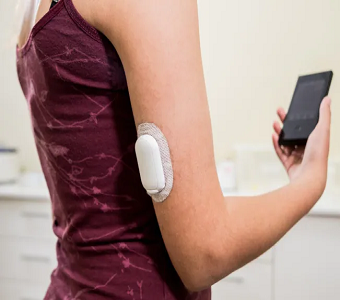Selecta (SELB) announced that it would report updated patient data from the ongoing Phase 2 trial of its lead product candidate, SEL-212, at the American College of Rheumatology Annual Meeting (ACR 2017) on November 7, 2017. This update will likely include 3 months of patient data on SEL-212 in refractory tophaceous gout and a discussion on design of a Phase 3 program.
Our thesis on Selecta was based on a comparison to Krystexxa. Horizon Pharma (HZNP) acquired the mediocre gout drug for $510M. Krystexxa works well at reducing serum uric acid in patients, and at reducing tophi burden, but almost all patients who begin treatment won’t stay on the drug out to six months due to immunogenicity. So far, data (read data analysis here) has shown SEL-212 to be a much better drug.
Markets have taken notice and SELB has traded up to $23/share (a $510 market cap). At this valuation, we think the ongoing clinical risk outweighs the upside. Remember, Selecta still needs to complete their Phase 2 dose escalating trial and then undergo a Phase 3 program.
We think it makes more sense to keep half the position in SELB (which was purchased at $14/share back in April 2017) and trim the other half for a 60%+ return.
We like the company’s data and potential market opportunity, but believe the valuation has outpaced Selecta’s fundamentals. We will revisit Selecta once Phase 2 data has been released and there is less clinical risk.
Suddenly, SEL-212 Not Superior to KRYSTEXXA
Selecta provided a SEL-212 update today, releasing data from Cohorts 5-8 (below) on gout patients.
Figure 1: Updated SELB data not clearly superior to Krystexxa anymore

From the data above, between 30-40% of patients showed serum uric acid levels (SUA) below 6mg/dl. Serum uric acid control (below 6.0 mg/dL) is recognized as a valid endpoint for FDA and clinicians, as it results in rapid dissolving of tophi and thus the burden of extreme gout.
To compare, in the two phase 3 Krystexxa studies, 47% and 38% of patients maintained uric acid control through month 6, the primary endpoint in those studies. SEL-212 had between 30-40% by month 5 (week 20).
SELB’s management is introducing a new dosing cohort (a Phase 2 - 3+2 Doses) and kicking timeline to 2018. Selecta plans to present additional data from this trial at a medical meeting in Q1 2018, participate in an End-of-Phase 2 Meeting with the FDA during 1H 2018 and initiate its Phase 3 program in 2018.
Our thesis with Selecta has been that it had shown superior data to Krystexxa, until today. Horizon acquired Krystexxa for $510M. SELB market cap is currently at $310. Although SELB’s data has shown not to be superior to Krystexxa, we believe the move today was overdone.
2 weeks ago, we suggested taking profits by selling half of the SELB position at $23. In our remaining half, we are about breaking even (from initial suggestion at $14/share).
We will wait until the dust settles from the big drop today to make our next actionable move with SELB. With timeline being pushed back to 2018, our bullish stance on Selecta is waning.
One of more of PropThink's contributors are long SELB
- Sell HALF of SELB position in the $23/share range as valuation has hit the $510M that Krystexxa, a commercial competitor, was acquired for.
- With ongoing SEL-212 Phase 2 & an imminent Phase 3 program, SELB clinical risk is high at current valuation.
- Updated SEL-212 data disappoints. After a 40% drop, HOLD SELB position until dust settles from today's volatility.
Access This Content Now
Sign Up Now!




